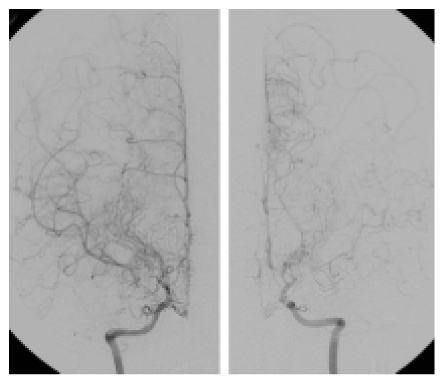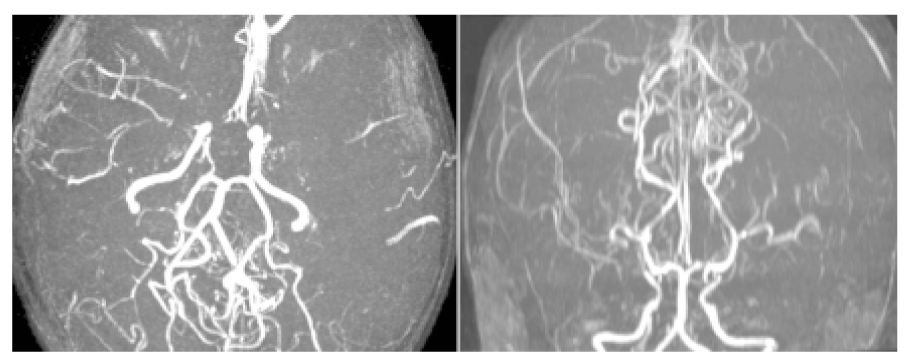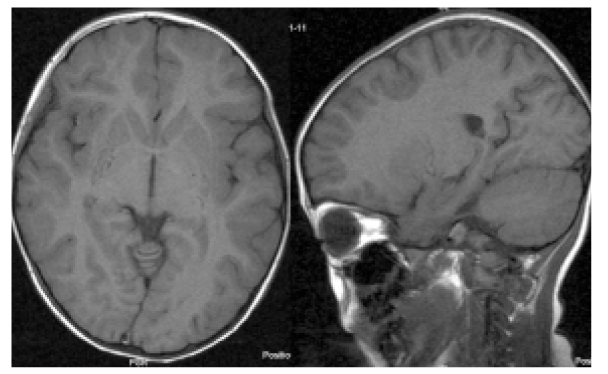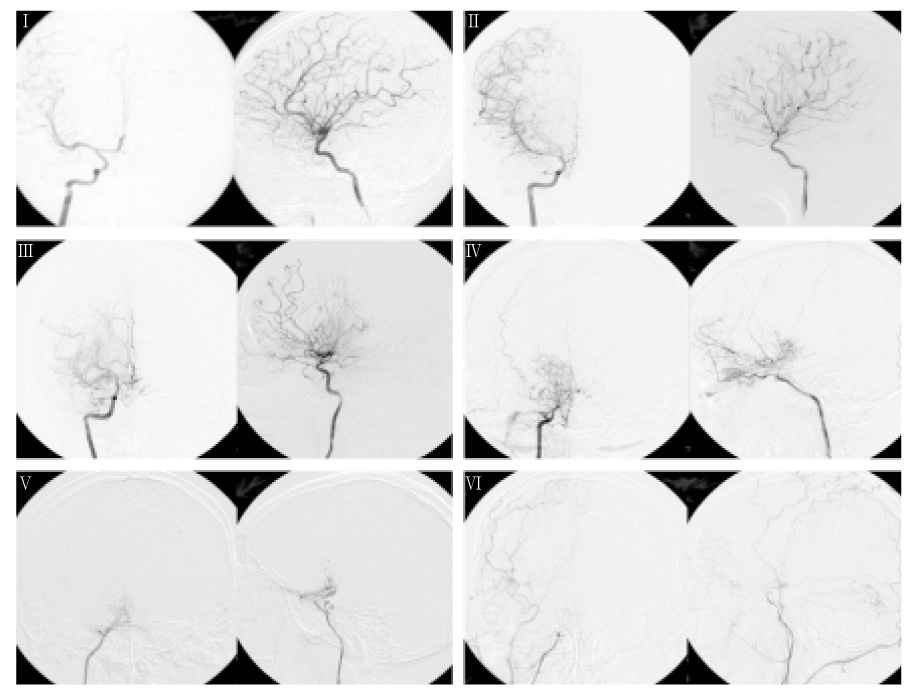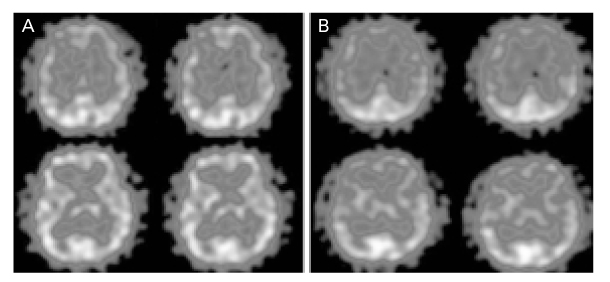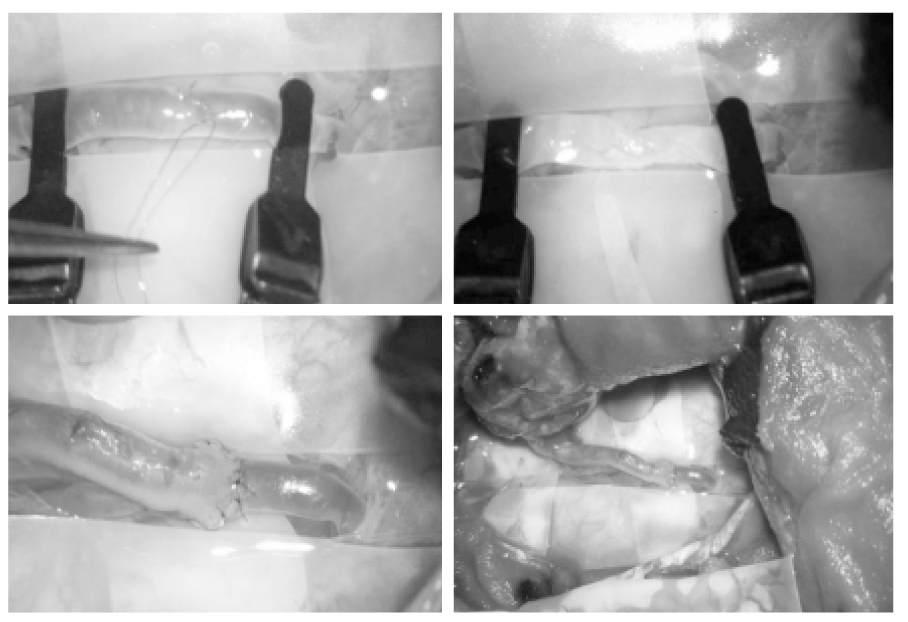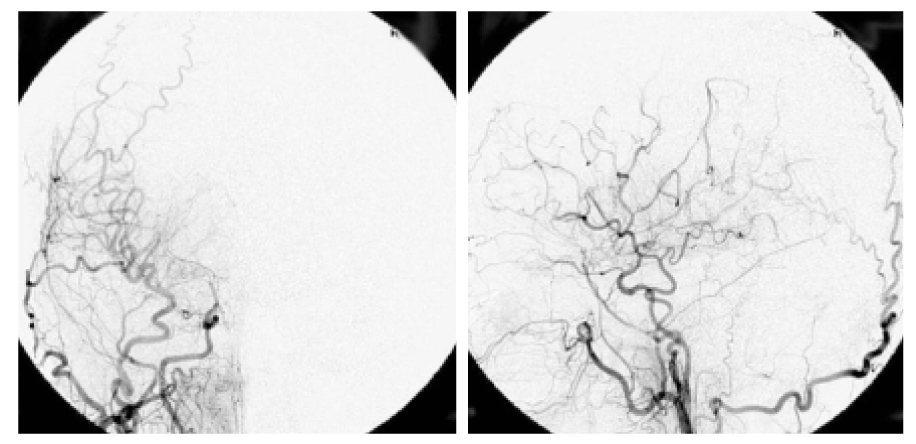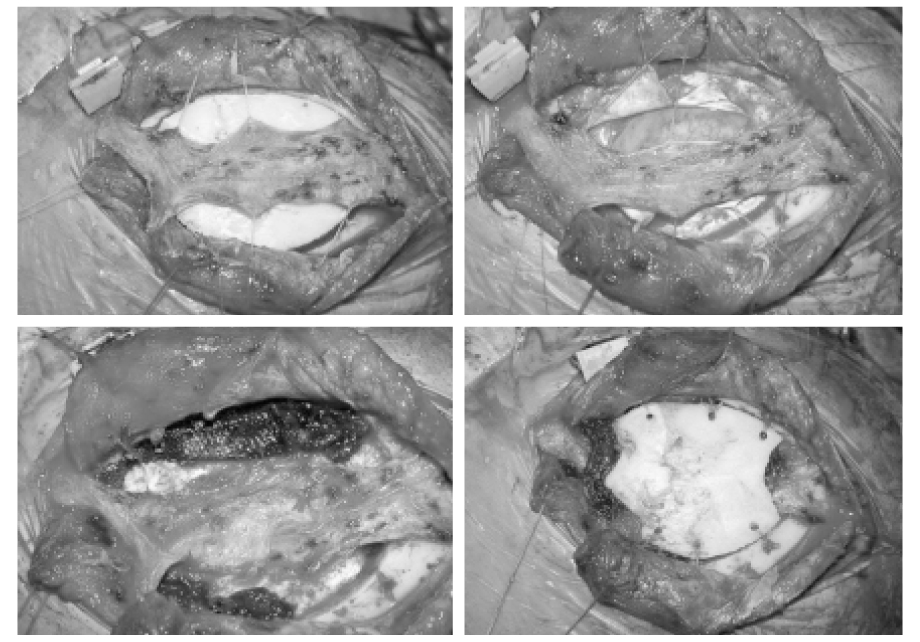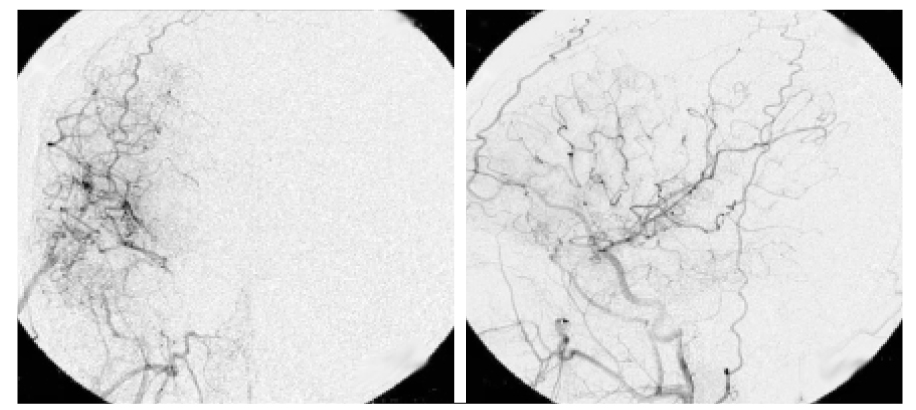J Korean Med Assoc.
2005 Feb;48(2):179-188. 10.5124/jkma.2005.48.2.179.
Neuroimaging Diagnosis and Treatment of Moyamoya Disease
- Affiliations
-
- 1Department of Neurosurgery, Seoul National University College of Medicine, Bungdang Hospital, Korea.
- KMID: 1723890
- DOI: http://doi.org/10.5124/jkma.2005.48.2.179
Abstract
- No abstract available.
Keyword
MeSH Terms
Figure
Reference
-
1. Takeuchi K, Shimizu K. Hypoplasia of the bilateral internal carotid arteries. No To Shinkei. 1957. 9:37–43.2. Nishimoto A, Takeuchi S. Abnormal cerebrovascular network related to the internal carotid arteries. J Neurosurg. 1968. 29:255–260.
Article3. Suzuki J, Kowada M, Asahi M. Diseases showing the "fibrille" like vessels at the base of brain, particularly found in Japan. No To Shinkei. 1965. 17:767–776.4. Suzuki J, editor. Moyamoya disease. 1986. Tokyo: Springer-Verlag;1–52.5. Suzuki J, Takaku A. Cerebrovascular moyamoya disease. Disease showing abnormal net-like vessels in base of brain. Arch Neurol. 1969. 20:288–289.6. Fukui M. Members of the Research Committee on Spontaneous Occlusion the Circle of Willis. Guidelines for the diagnosis and treatment of spontaneous occlusion of the circle of Willis('moyamoya' disease). Clin Neurol Neurosurg. 1997. 99:Suppl 2. 238–240.7. Wakai K, Tamakoshi A, Ikezaki K, Fukui M, Kawamura T, Ohno Y, et al. Epidemiological features of moyamoya disease in Japan: findings from a nationwide survey. Clin Neurol neurosurg. 1997. 99:Suppl 2. 1–5.
Article8. Yonekawa Y, Taub E. Moyamoya disease: status 1998. The Neurologist. 1999. 5:13–23.9. Kurokawa T, Tomita S, Ueda K, Narazaki O, Hanai T, Kitamura K, et al. Prognosis of occlusive disease of the circle of Willis (moyamoya disease) in children. Pediatr Neurol. 1985. 1:274–277.
Article10. Fukuyama Y, Umezu R. Clinical and cerebral angiographic evolutions of idiopathic progressive occlusive disease of the circle of Willis("moyamoya disease") in children. Brain Dev. 1985. 7:21–37.
Article11. Ishii R, Takeuchi S, Ibayashi K, tanaka R. Intelligence in children with moyamoy disease: evaluation after surgical treatment with special reference to changes in cerebral blood flow. Stroke. 1984. 15:873–877.
Article12. Matsushima Y, Aoyagi M, Nariai T, Takada Y, Hirakawa K. Long-term intelligence outcome of post-encephaloduro-arterio-synangiosis childhood moyamoya patients. Clin Neurol Neurosurg. 1997. 99:Suppl 2. S147–S150.
Article13. Golby AJ, Marks MP, Thompson RC, Steinberg GK. Direct and combined revascularization in pediatric moyamoya disease. Neurosurgery. 1999. 45:50–60.
Article14. Houkin K, Kamiyama H, Takahashi A, Kuroda S, Abe H. Combined revascularization surgery for childhood moyamoya disease. STA-MCA and encephalo-duro-arterio-myosynangiosis. Childs Nerv Syst. 1997. 13:24–24.
Article15. Karasawa J, Touho H, Ohnishi H, Miyamoto S, Kikuchi H. Long-term follow-up study after extracranial-intracranial bypass surgery for anterior circulation ischemia in childhood moyamoya disease. J Neurosurg. 1992. 77:84–89.
Article16. Matsushima T, Inoue t, Suzuki SO, Fujii K, Fukui M, Hasuo K. Surgical treatment of moyamoya disease in pediatric patients' comparison between the results of indirect and direct revascularization procedures. Neurosurgery. 1992. 31:401–405.
Article17. Houkin K, Kuroda S, Ishikawa T, Abe H. Neovascularization (angiogenesis) after revasculararization in moyamoya disease. Which technique is most useful for moyamoya disease? Acta Neurochir (Wien). 2000. 142:269–267.18. Mizoi K, Kayama T, Yoshimoto T, Nagamine Y. Indirect revascularization for moyamoya disease: is there a beneficial effect for adult patients? Surg Neurol. 1996. 45:541–549.
Article19. Okada Y, Shima T, Nishida M, Yamane K, Yamada T, Yamanaka C. Effectiveness of superficial temporal artery-middle cerebral artery anastomosis in adult moyamoya disease: cerebral hemodynamics and clinical course in ishemic and hemorrhagic varieties. Stroke. 1998. 29:625–630.
Article20. Watanabe H, Ohta S, Oka Y, Kumon Y, Sakaki S, Tanada S, et al. Changes in cortical CBF and vascular response after vascular reconstruction in patients with adult onset moyamoya disease. Acta Neurochir (Wien). 1996. 138:1211–1217.
Article21. Houkin K, Kamiyama H, Abe H, Takahashi A, Kuroda S. Surgical therapy for adult moyamoya disease. Can surgical revascularization prevent the recurrence of intracerbral hemorrhage? Stroke. 1996. 27:1342–1342.22. Houkin K, Ishikawa T, Yoshimoto T, Abe H. Direct and indirect revascularization for moyamoya disease. Surgical techniques and peri-operative complications. Clin Neurol Neurosurg. 1997. 99:Suppl 2. 142–142.
Article23. Ishikawa T, Houkin K, Kamiyama H, Abe H. Effects of surgical revascularization on outcome of patients with pediatric moyamoya disease. Stroke. 1998. 28:1170–1173.
Article

